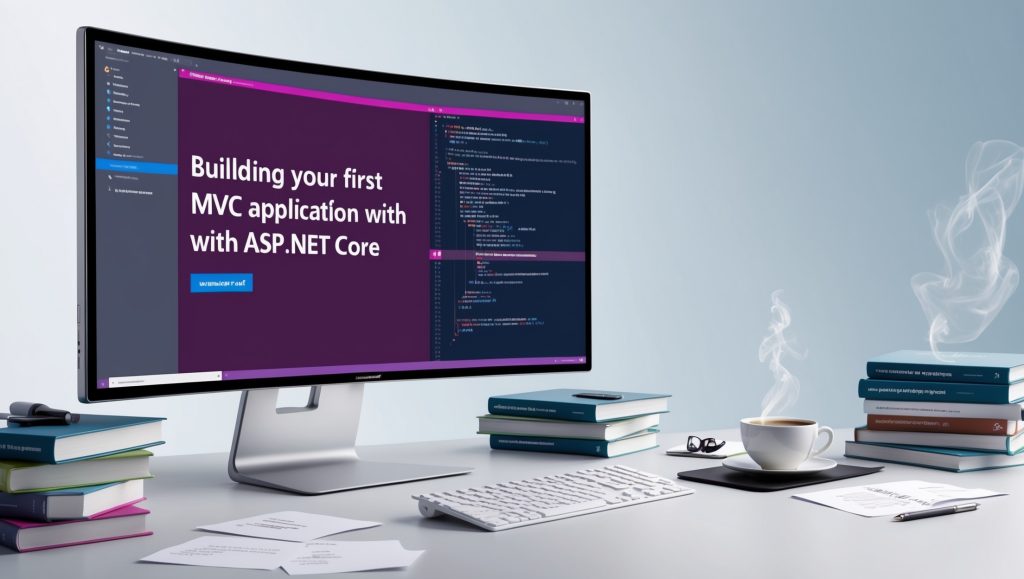Database performance and code maintainability are crucial aspects of modern application development. As applications grow in complexity and scale, the need for efficient database operations becomes increasingly important. Stored Procedures, a fundamental feature of relational database management systems, offer a powerful solution to these challenges. These pre-compiled collections of SQL statements not only enhance performance but also provide a robust […]














